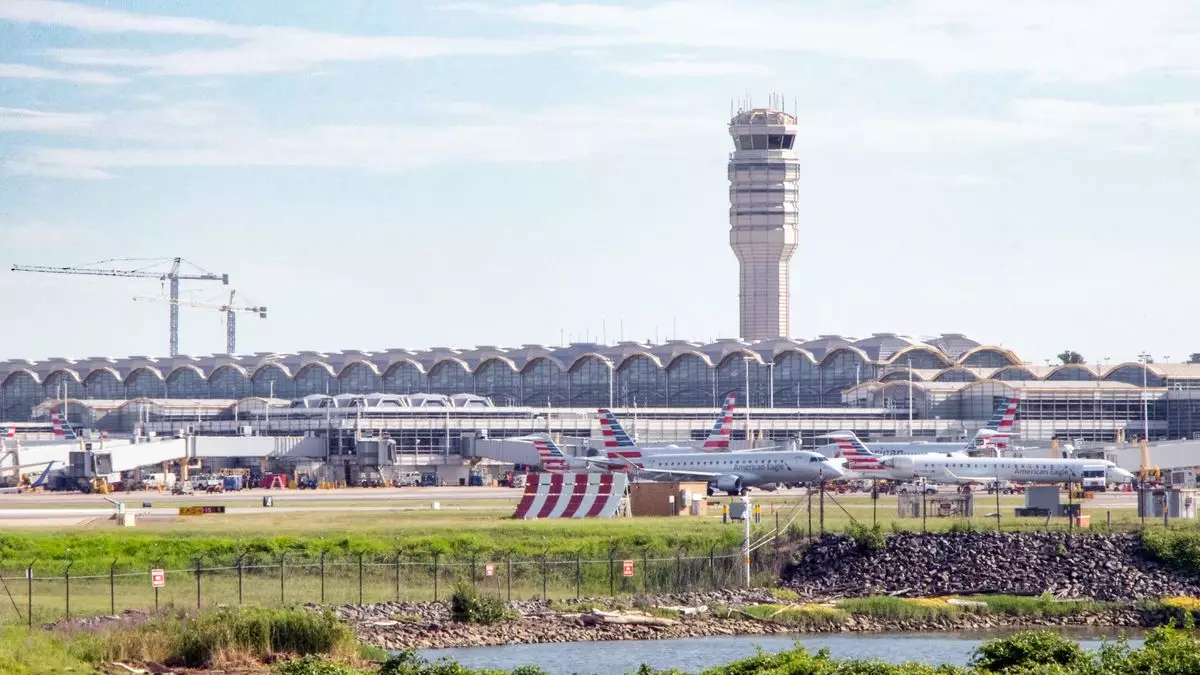In a significant decision, the Department of Transportation (DOT) has provisionally determined which airlines will gain access to five coveted daily slot pairs at Washington Reagan National Airport (DCA) for flights that travel beyond the 1,250-mile limit. Announced via a DOT order on Wednesday, this development is part of broader regulatory changes following the FAA reauthorization legislation, which was signed into law earlier this year. The five successful airlines—Alaska Airlines, American Airlines, Delta Air Lines, Southwest Airlines, and United Airlines—will now offer services to popular destinations including San Diego, San Antonio, Seattle, Las Vegas, and San Francisco.
The competition was stiff, with carriers like JetBlue, Spirit, and Frontier also vying for these valuable slots. However, their applications were ultimately rejected based on compliance with the established guidelines. It’s essential to understand that only airlines already operating within the 1,250-mile perimeter qualify as incumbent operators, which restricts opportunities for several airlines looking to expand their routes from this pivotal airport. This decision emphasizes the exclusive nature of the slots and the regulatory barriers that limit access for new entrants into these lucrative markets.
With these new routes, it’s interesting to note the competitive landscape at DCA. Alaska Airlines and American Airlines will serve as solo operators for their respective routes to San Diego and San Antonio, ensuring a monopoly on those services. In contrast, Delta Air Lines will enter a competitive arena alongside Alaska for the Seattle route, while Southwest will face American on the route to Las Vegas. United Airlines will increase its presence by adding a second daily flight to San Francisco, directly competing with Alaska, which enhances market dynamics and consumer choice.
The selection process reveals the complexities involved in airline operations within the American aviation framework. The regulations enforcing the perimeter around DCA aim to manage traffic and ensure the efficient use of airport resources. However, such restrictions often lead to frustrations among airlines like Spirit and Frontier, which, despite expressing interest, were disqualified due to their operational footprints. Spirit’s argument that it holds slots but leases them underscores the intricacies of slot management, a factor only complicating future expansions.
With a two-week window for objections to be submitted, the airlines have the opportunity to voice concerns before the decision becomes final. Once confirmed, the awarded airlines will have 90 days to initiate these flights, a timeline that poses both challenges and opportunities for operational readiness. The industry’s dynamic nature means that these new routes could significantly enhance connectivity and competitiveness among airlines, offering travelers more choices than ever before. As the aviation market adapts to the outcome of this process, all eyes will be on how these new routes affect travel patterns and airline strategies within the bustling Northeast corridor.

